A family guide to walking the Northumberland Coast
Castle ruins, rock pooling and fantastic wildlife can all to be discovered on the Northumbrian coast
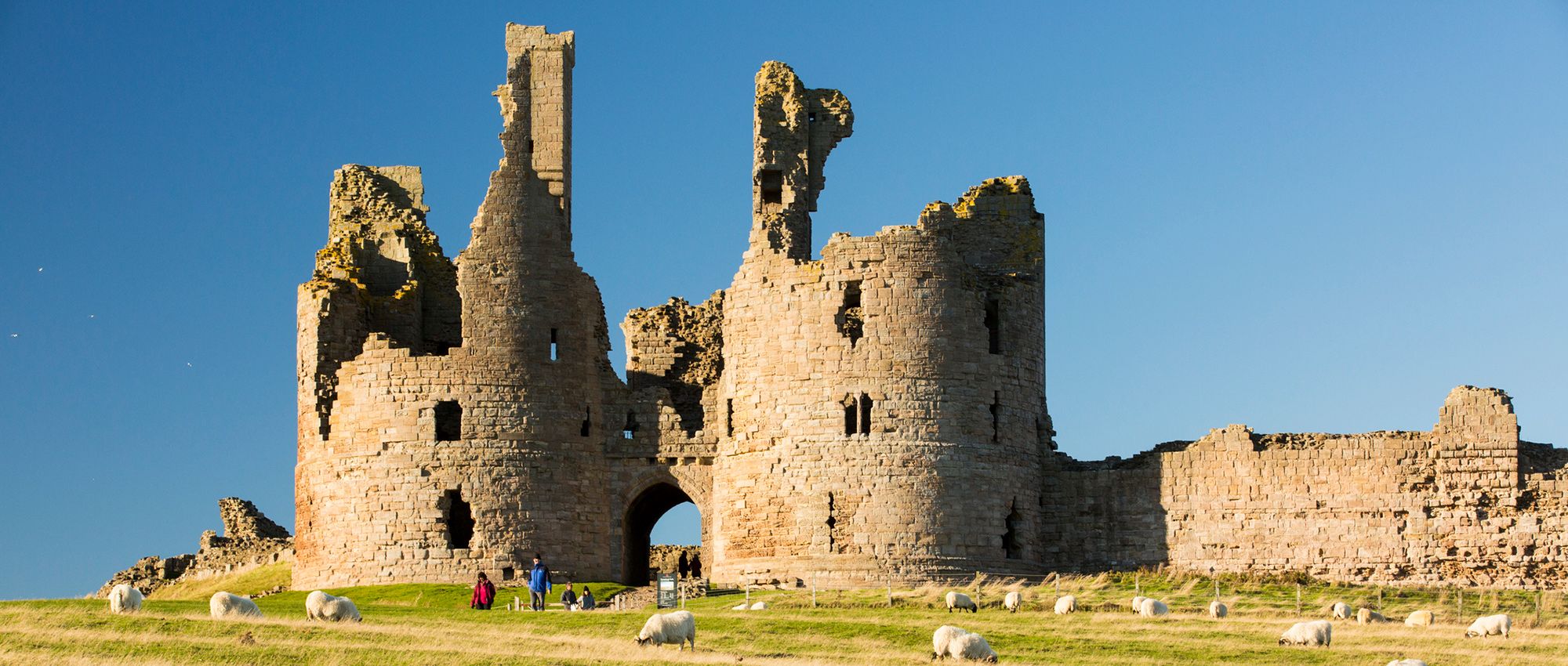
Craster to Dunstanburgh Castle - A free-range roam to ruins
Even the most reluctant young ramblers won’t be able to resist this trail, which leads to one of the country’s most magical ruins. Mighty, twin-towered Dunstanburgh Castle was built on the North Sea coast 700 years ago. It now stands in a state of atmospheric decay, its dilapidated towers rising from an outcrop on Northumberland’s wave-crashed coast.
Start your walk at the charming fishing harbour of Craster, where there’s a large car park and good pub. From here you can see Dunstanburgh looming to the north. It’s a simple 1.3 mile walk across sheep-grazed fields to the ruins, now managed by English Heritage. They can only be reached on foot, so the terrain is car-free. Kids can run around safely en route, pretending to be kings of the castle.
You can return to Craster the same way. Or continue to sleepy Embleton Bay, a further 1.5 miles north, where grey boulders litter the soft, golden sand. A bus runs from Embleton to Craster if you don’t fancy the walk back.
Alnmouth to Marden Rocks - A beach and rock-pool ramble
The small fishing village of Alnmouth is ideal for families. It has cute pastel-painted houses, a car park and play park, tearooms, ice cream vans and lots of soft sand. But it’s worth trying to coax the kids out on a little walk too.
For a simple 2-mile loop, start from the village and head down The Wynd. Follow footpaths northwards across the golf links, where there are fine views over the coast. At Marden Rocks, head down to the seashore. This spot is excellent for rock-pooling, so have a good poke around. Then head back to Alnmouth along the wide, sweeping beach. Here, kids can splash in the channels, hurdle the groins and spot lots of wading birds.
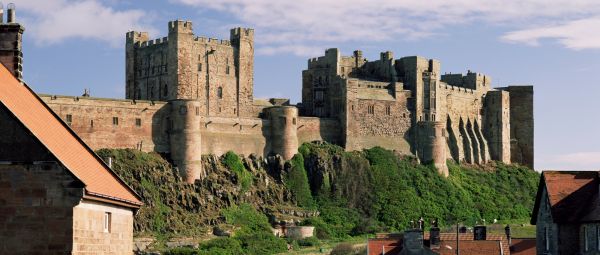
Seahouses to Bamburgh Castle - A seaside stroll to a stronghold
Unlike Dunstanburgh, which lies in atmospheric ruins, Bamburgh Castle is still in one grand, imposing piece. Its walls, turrets and huge Norman keep rise from a rocky mound, lording over one of the county’s finest beaches. It makes a magnificent focal point for a coastal walk.
You could start from the traditional seaside town of Seahouses, with its amusement arcades and fish and chip shops. The official Northumberland Coast Path runs inland, but when the tide is out you can walk from Seahouses to Bamburgh on the beach. It’s about 3 miles, along the most glorious golden sand. Dunes rise to one side while the Farne Islands are visible offshore. There’s a bus back to Seahouses, if you’re too weary to retrace your steps.
Alternatively, park in Bamburgh and follow the coast northwest to Budle Point. It’s around 1.5 miles, one way. If the tide allows you can walk along the beach, passing Bamburgh’s squat lighthouse. In the nearby cove, look for the white stag painted on the rocks. There are wonderful views back to the castle and ahead to Holy Island too.
Berwick-upon-Tweed - A historic amble along ancient ramparts
The walk along Berwick’s Elizabethan walls, which still encircle the border town, is like a live-action history lesson. Built around 1560 to keep out Scottish invaders, these remarkably well-preserved ramparts help explain Berwick’s turbulent past.
A complete circuit is around 1.25 miles, but allow plenty of time to absorb the sights en route. You’ll pass the four surviving entry gates and five stone bastions. At Fisher’s Fort, you can peer through the parapet and clamber over a Russian cannon that was captured during the Crimean War. At Windmill Bastion you can see a platform from which guns have been fired for centuries, right up until 1945. The walls also offer expansive views of the coast’s huge sandy beaches and the wide Tweed estuary. Keep an eye out for the resident colony of mute swans.
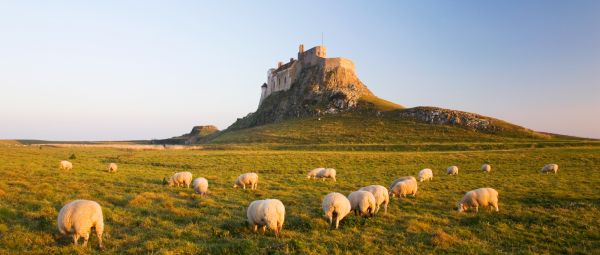
Lindisfarne Foreshore - A chance to be marooned on an island
All islands are alluring. But none more so than a tiny, windswept spot where you might get marooned for the day. Lindisfarne is sure to get young imaginations firing.
Simply arriving here is exciting. You can get to Lindisfarne by boat or by driving across the narrow causeway, which is only open when the tide allows.
Once on the island, make a lovely little 1.5-mile loop along the upper foreshore, starting from the visitors’ car park. Soon you meet the coast, at the point where the poles marking the Pilgrim’s Way reach the island. This is the line walkers follow across the bay from the mainland at low tide. Then trace the gently undulating south-east coast, taking care on the cliff edges, enjoying the views. If the tide is out you can clamber over the rocks, stroll a sandy beach and visit the Old Lifeboat Station museum. In summer, you might spot seals lolling on the sandbanks offshore.
Eventually, veer inland to the magnificent ruins of the medieval priory, which was first built 1,400 years ago. It’s now run by English Heritage. Then head up towards the village, where you can stop at the Pilgrim’s Coffee Shop. Or pop into St Aidan’s Winery for a free taster of Lindisfarne Mead.
St Mary’s Lighthouse Walk - A little stride out to sea
Check your tide tables before embarking on this mini-expedition to St Mary’s Lighthouse. The whitewashed beacon, built in 1898, sits on minuscule St Mary’s Isle. It’s reachable via a pedestrian causeway but only when the sea is out as it’s underwater at high tide.
From the village of Old Hartley you can make an easy 2-mile circuit. First, take the England Coast Path south through the clifftop grasslands and around the pond, home to a ribbiting army of frogs. This whole area is a nature reserve, rich in birds. You might spot species such as oystercatchers, with their long orange bills, and redshanks, with their bright-coloured legs. Then cross the causeway to visit the lighthouse, climbing the 137 steps to the top for the very best views. You can reward your efforts at the cafe at the bottom.
Head back to the village along the shore, taking care amid the rocks. You could spend hours nosing into the pools here, foraging for seaweed and shells and watching the crabs and fishes.
Beadnell to Low Newton - A longer walk, full of wildlife
Nature-mad kids will love the walk between Beadnell Harbour and Low Newton. There’s just so much to see along this largely National Trust-owned coast. Seabirds wheel in the skies. The sandy beach is backed by dunes and dotted with wildflowers, from bluebells and cowslips to burnet roses. Sponges and anemones cling to the craggy overhangs. Hermit crabs and porcelain crabs lurk in the pools. And, at the end, lies Newton Pool Nature Reserve, an area of little lakes that’s full of wildlife. Rest in the hide here and you might see herons and migrating birds. Seals can sometimes be spotted too, basking on the rocks.
It’s an easy route of about 4 miles to walk all the way from Beadnell to the pretty village of Low Newton. Buses run back to save you the return walk. Little kids might prefer the simple 1-mile loop from Low Newton to the reserve. Either way, Low Newton’s seaside Ship Inn is a lovely place to end up.
Explore more
We’ve got ideas for hundreds of wonderful walking routes across England, Scotland and Wales, long and short, easy and challenging. Search for routes on our website. Or join a guided walk with a local Ramblers group. Find your nearest Ramblers group and choose a walk that suits your pace, fitness and interests.
All images © Getty
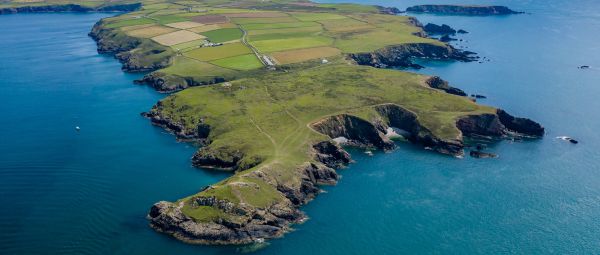
Ultimate guide to coastal walks in Pembrokeshire
Enjoy some of Britain’s most spectacular shoreline trails on the Pembrokeshire Coast Path and surrounding national park.

7 easy walks in the Lake District for beginners and families
Child-friendly walks with maximum reward for minimal effort exploring the fells, valleys and lakes of the Lake District National Park.
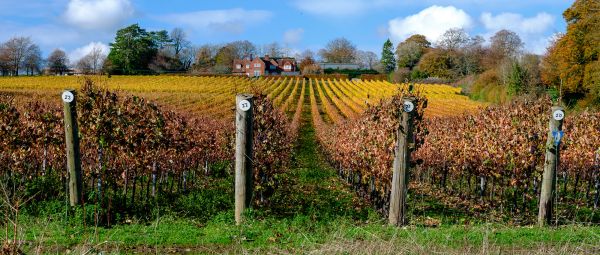
6 of the best family walks in the Surrey Hills
Discover a heavenly half-dozen family outings near London among chalk downs, rolling hills and meandering streams.

Campaign with us
We campaign to remove barriers to walking and we step up to protect the places we love to wander.